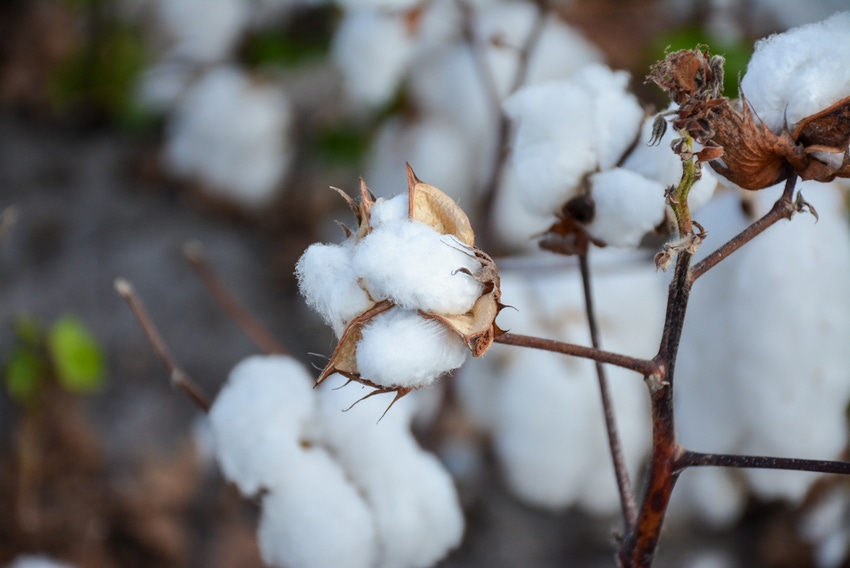September 10, 2018

Cotton producers have a one-time opportunity to allocate generic base acres now that the Bipartisan Budget Act of 2018 (BBA) has authorized seed cotton as a covered commodity under The Agriculture Risk Coverage (ARC) and Price Loss Coverage (PLC) programs effective for the 2018 crop year.
The United States Department of Agriculture-Farm Service Agency (USDA-FSA) says owners of a farm with generic base acres as of September 30, 2013, and a recent planting history of covered commodities, are eligible to participate in this opportunity.
The seed cotton provisions authorized by the BBA will be similar to those for crops initially included in 2015 in the ARC/ PLC programs resulting from the 2014 Farm Bill.
In order to implement the allocation of seed cotton authorized by the BBA, FSA must determine if a covered commodity was planted on the farm during the 2009 through 2016 crop years. Farmers must also identify planted and considered planted (P&CP) history of covered commodities, including upland cotton, on the farm with generic base acres.
Other steps required for implementing the allocation of seed cotton include: the current farm owner’s decision to allocate generic base acres to seed cotton or allocate generic base to seed cotton and other planted covered commodities; and they must update the seed cotton yield. The provision for implementing the allocation of seed cotton includes the current producers decision to elect the applicable program for seed cotton, unless ARC-Individual Coverage (ARC-IC) was previously elected on the farm.
According to a USDA-FSA Seed Cotton Fact Sheet, if these provisions are met, the producer or producers must then enroll the farm to be eligible.
Farmers must demonstrate a recent history of planting covered commodities, including upland cotton, in order to allocate generic seed cotton base acres to seed cotton or other covered commodity base acres. The farm must have been planted or approved prevented planted to a covered commodity (including upland cotton) at any time during the 2009 through 2016 crop years.
Finally, producers must review the 2009 through 2012 planting history on farms that are determined eligible with generic base acres to ensure the planting history is complete.
USDA and FSA officials say enrollment for ARC and PLC farms for seed cotton, consistent with the program election for the farm and covered commodities made in the election period for the 2018 crop year, began Nov. 1, 2017, and will end Dec. 7, 2018.
Texas A&M Extension is scheduling a number of Farm Bill education meetings across the state to provide producers with the intricate details of the seed cotton provisions authorized by the BBA. In the Lower Rio Grande Valley, an educational and information session has been scheduled for Wednesday, Sept. 19, at the Texas A&M Research & Extension Center in Weslaco.
The meeting gets underway at 9 a.m. with introductions by Brad Cowan, Hidalgo County Extension agent. Provisions of the Seed Cotton Program and a live demonstration of the Decision Tool will be presented by Dr. Joe Outlaw, professor and Extension economist and co-director of the Agriculture Food Policy Center, Texas A&M University, College Station.
Valley FSA officials Jay Hinojosa- CED, Hidalgo County, Tacho Cavazos- CED of Willacy County, and Cris Perez- CED of Cameron County, will be on hand to field questions and provide additional information to local producers.
There is no registration fee for attendance and coffee and donuts will be provided for producers attending the sessions.
Cowan reminds producers that they will be required to make some decisions to participate in the new program by the end of September. Extension officials say understanding how to use the new tool to help them determine their eligibility will be discussed and represents the first step in electing to participate in the provisions of the seed cotton program.
You May Also Like




